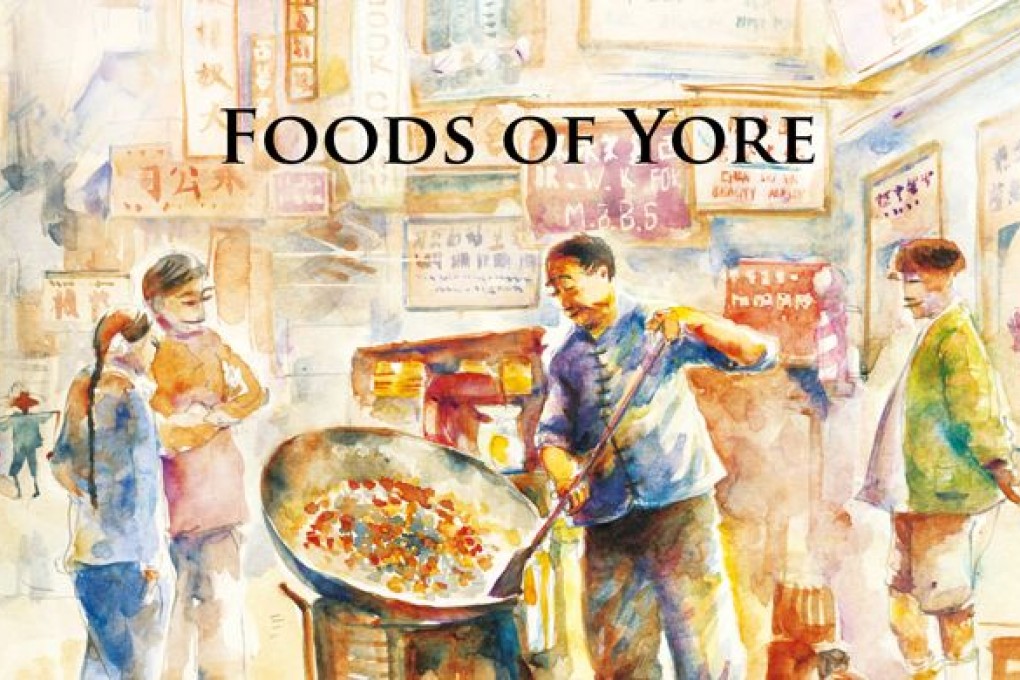Hong Kong's Ultra-Traditional Snacks, Groceries and Other Old-School Delicacies
Adele Wong explores the heritage behind some of Hong Kong’s traditional—and possibly vanishing—snack foods. Additional reporting by Kylie Lee.

It’s pretty safe to say that food is an intrinsic part of Hongkongers’ lives. What we eat is a huge part of our daily conversations, as a topic of common interest—and of course, the primary subject of our iPhone photos. But with so much attention paid to passing fads and our insatiable appetite for everything new, sometimes we forget about Hong Kong’s traditional gastronomic treasures that have been finely honed over decades. Sadly, these once wildly popular culinary gems that have been lovingly passed on through generations have become increasingly hard to come by today. In this issue, we take a step back into the past and pay homage to some of the proud local treats that first ignited Hongkongers’ great love of food.
Go Nuts
A small machine-operated stall in North Point is giving an old fried chestnut snack a new twist.

That’s how chestnuts have been done here, for decades: sold on the streets along with other snacks such as chicken and quail eggs. But last year, a tiny little stall popped up outside a music and DVD store at North Point’s King’s Road, boasting about making the best fried chestnuts in Hong Kong. Instead of a wok, the humble “King of Chestnuts” outdoor stall uses a device that somewhat resembles a popcorn machine, with a glass enclosure at the top and a round metal tub to hold the chestnuts in a washing machine-like receptacle. It’s a more hi-tech take on a traditional snack, and KOC claims that it’s the only stall in Hong Kong that owns such a machine, which was bought directly from Shanghai.
Mr. Wong, a friend and assistant of the chestnut stall owner—who is away—is busily preparing for the imminent re-opening of her stall for when the first batch of chestnuts finally arrive at the end of this month. She tells us that KOC sources the best chestnuts from China’s Qianxi county, in Hubei province. The bright brown, smooth-shelled chestnuts from Qianxi are especially sweet, firm and plump, and are highly prized in China, which is home to many other chestnut types. Meanwhile, chestnuts from the streets, Wong says, use poorer quality chestnuts that are more appropriate for cooking in savory dishes.
“Fried chestnuts have been around for a long time,” Wong says. “I remember seeing them since I was a kid. In China, selling fried chestnuts on the streets is a regular practice and I think that’s how Hong Kong adapted the culture.”
KOC fries these chestnuts in the machine along with a layer of sand at the bottom to help evenly distribute and dissipate the heat during the cooking process. It takes about 50 minutes to produce a batch, Wong says. The chestnuts are cooked at a low temperature to ensure the outer shells aren’t burned and the chestnut meat on the inside gets even exposure. “If you cook it at too high a temperature, you’ll get burnt black chestnut shells and raw chestnut meat inside,“ Wong explains. That’s also why the chestnuts take up to almost an hour to get cooked. Once cooked, people should be able to peel off the outer shell without too much effort.
Chestnuts are a seasonal creature, and the fruit from the chestnut trees is usually only available from the end of September to around May—in other words, during the colder months of the year. At the time of our interview, KOC is in fact running as a soymilk stall, providing patrons with freshly squeezed red bean and green bean varieties before their main chestnut business is ready to open once more. This year, because prices of the chestnuts have gone up, the stall will have to jack up the prices from 20 something dollars a bag (roughly a pound) to 30 or more dollars.